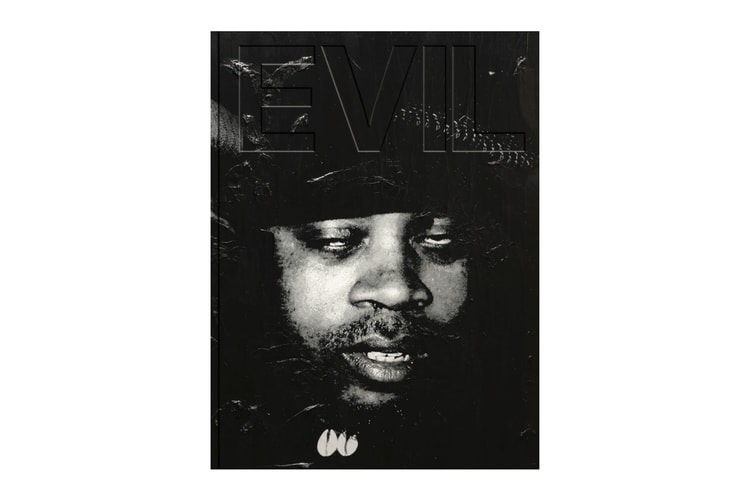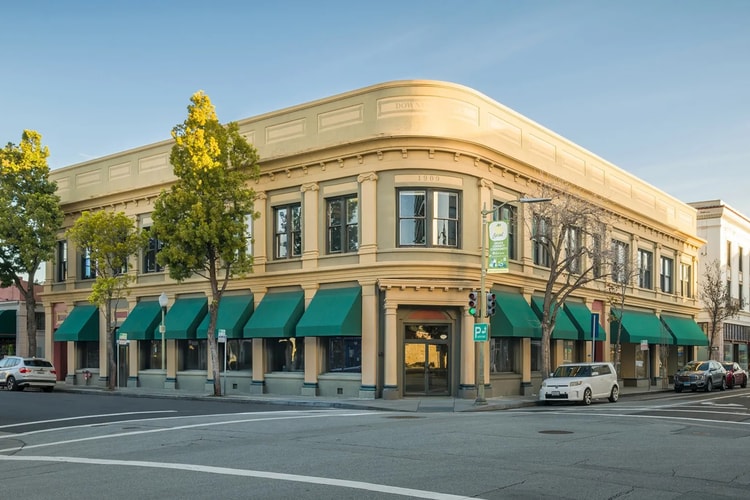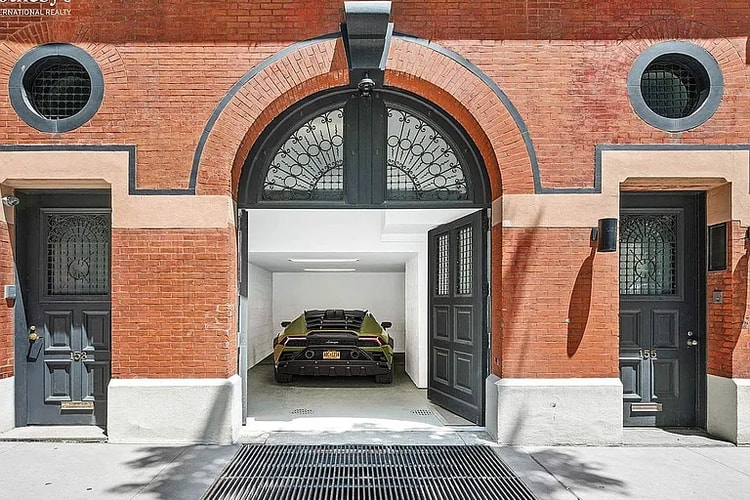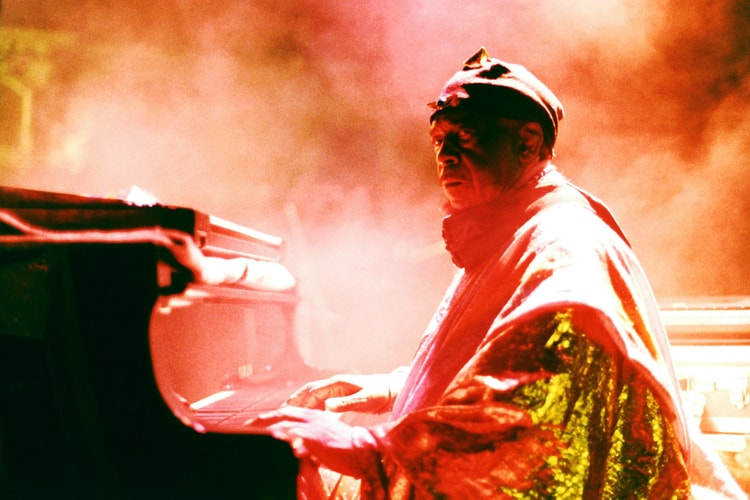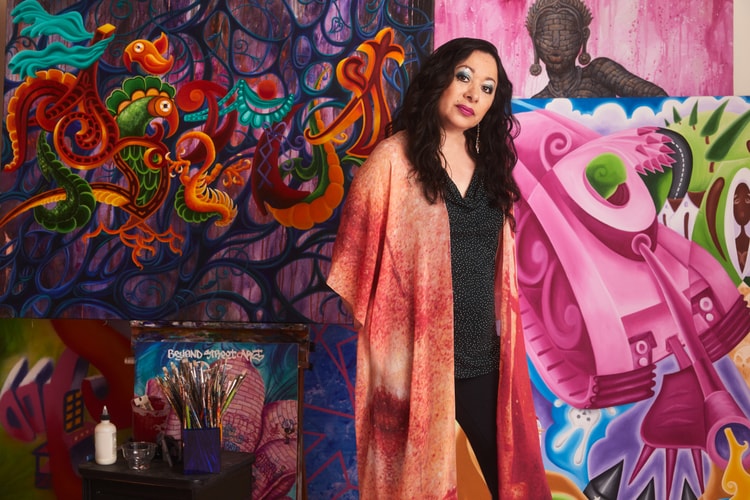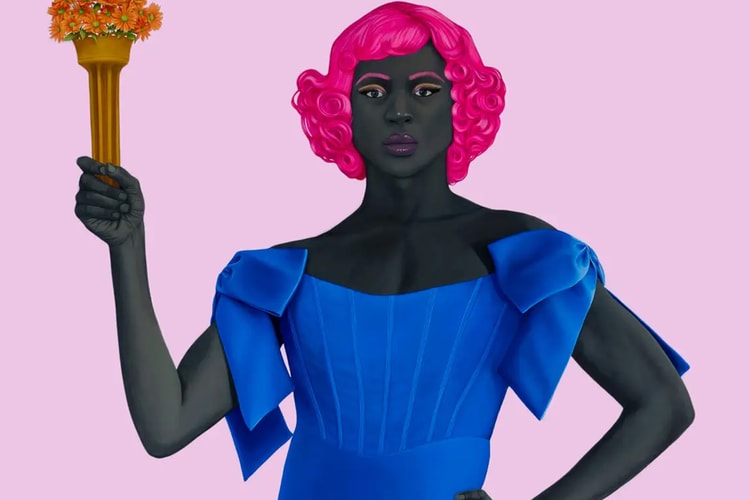Sacred Buddha Jewels Pulled From Sotheby's Sale Return to India
Following global backlash, the 334-piece Piprahwa Gems make a homecoming.
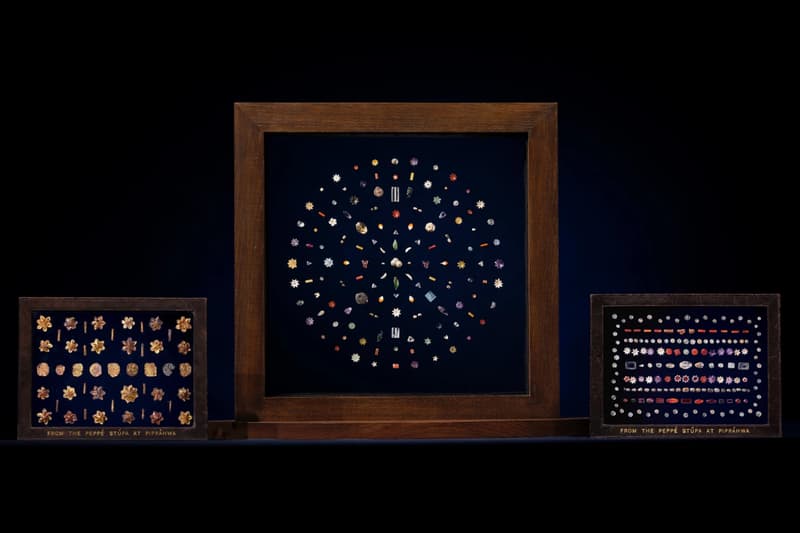
Summary
- The cache of ancient jewels linked to Buddha’s remains return to India after 127 years.
- The news follows the postponing and eventual cancellation of the Sotheby’s sale, slated to spotlight the precious gems
The trove of ancient gems tied to the remains of the Buddha has been returned to India, following international uproar over Sotheby’s attempt to auction the objects in May.
On July 30, India’s Prime Minister Shri Narendra Modi took to X to announce the repatriation, calling it “a joyous day for [India's] cultural heritage.” The 334-piece piece made a safe trip back to the country, where they were greeted by several Buddhist monks upon their return.
A joyous day for our cultural heritage!
It would make every Indian proud that the sacred Piprahwa relics of Bhagwan Buddha have come home after 127 long years. These sacred relics highlight India’s close association with Bhagwan Buddha and his noble teachings. It also… pic.twitter.com/RP8puMszbW
— Narendra Modi (@narendramodi) July 30, 2025
Made up of gold, amethyst, garnets, coral, pearls and shells, the cache had initially been unearthed in 1898 at a stupa in Piprahwa, near present-day Uttar Pradesh, close to the Buddha’s birthplace. Originally discovered by British engineer William Claxton Peppé, the relics were found alongside what are believed to be fragments of the Buddha’s remains. Scholars and Buddhist leaders consider gems, bones and ash fall into the same caliber of holiness, regarding the three as inseparable.
The jewels were set to go under the hammer at Sotheby’s Hong Kong on May 7. However, the sale was postponed and eventually cancelled after protests from academics, Buddhist leaders and India’s Ministry of Culture.
The ministry argued that the artifacts were part of the “inalienable religious and cultural heritage of India”— which Chris Peppé — William Claxton’s fourth generation heir — had no right to transfer ownership. After two months of diplomatic negotiations between Sotheby’s, the seller, potential buyer and the Indian government, the auction house confirmed the relics’ return.
“Sotheby’s is thrilled to have played such a central role in securing this historic outcome,” the house wrote in a recent statement.






